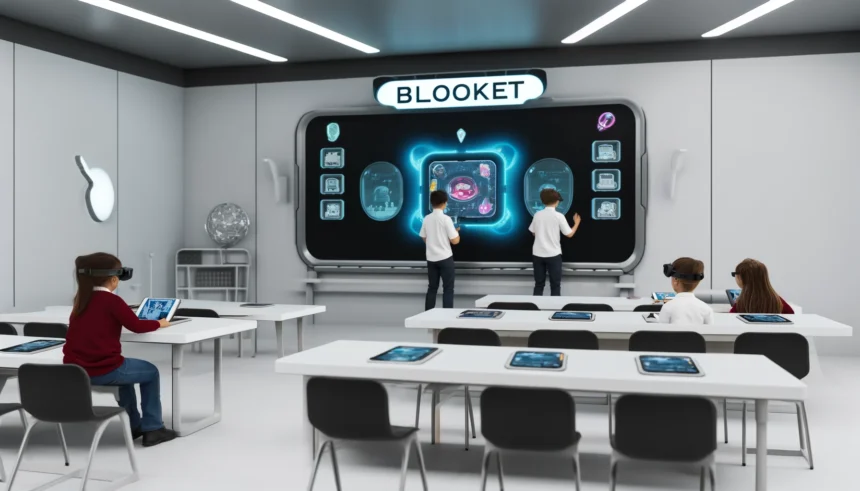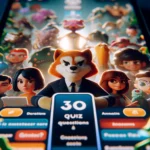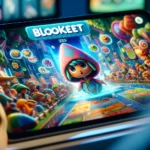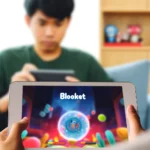In the realm of educational technology, Blooket and Kahoot stand out as leading platforms that gamify learning, engaging students in an interactive and enjoyable way. While both platforms share the goal of making education fun and effective, they have distinct features and approaches. This article will compare Blooket and Kahoot, examining their functionalities, game dynamics, educational impact, and user experiences.
Overview of Blooket and Kahoot
Blooket is a relatively new player in the educational game sector, known for its unique blend of gaming and learning. It allows educators to create or choose from a library of games, which students play to reinforce learning.
Kahoot, on the other hand, is one of the pioneers in the educational gaming industry. It is widely recognized for its quiz-based learning games, where teachers create multiple-choice quizzes that students answer in real-time.
Game Dynamics and User Engagement
Blooket
- Offers a variety of game modes, including Tower Defense, Fishing Frenzy, and Classic, each with different strategies and objectives.
- Incorporates a system of rewards and incentives, such as coins and Blooks, which can be used to purchase in-game items or customize the experience.
- Allows for both solo and multiplayer experiences, enabling students to learn individually or in groups.
Kahoot
- Primarily focuses on quiz-based games, with a straightforward question-and-answer format.
- Emphasizes real-time competition, with players answering questions quickly to gain more points and climb the leaderboard.
- Supports live games that encourage classroom interaction and can also be played in team mode.
Educational Impact
Blooket
- Promotes active learning through diverse game mechanics, encouraging students to engage with the content more deeply.
- Offers a personalized learning experience, allowing students to progress at their own pace, especially in solo modes.
Kahoot
- Facilitates quick assessment and feedback, helping teachers gauge student understanding in real-time.
- Encourages attention and concentration, as students must respond rapidly to questions.
User Experience and Accessibility
Blooket
- Known for its colorful and dynamic interface, appealing particularly to younger audiences.
- Provides a more gamified experience, which can be more engaging for students who prefer video game-like environments.
Kahoot
- Features a simple and intuitive interface, making it easy for educators to create and manage quizzes.
- Well-suited for fast-paced learning and quick knowledge checks in a classroom setting.
Conclusion
Blooket and Kahoot are both excellent educational tools, each with its strengths. Blooket’s varied game modes and reward systems offer a more diverse and immersive gaming experience, suitable for students who thrive in dynamic, game-like environments. Kahoot, with its focus on quick quizzes and real-time competition, is ideal for fast-paced learning and instant assessment.
Choosing between Blooket and Kahoot depends on the specific needs and preferences of educators and students. Both platforms have the potential to transform the educational landscape, making learning an engaging and enjoyable adventure.











